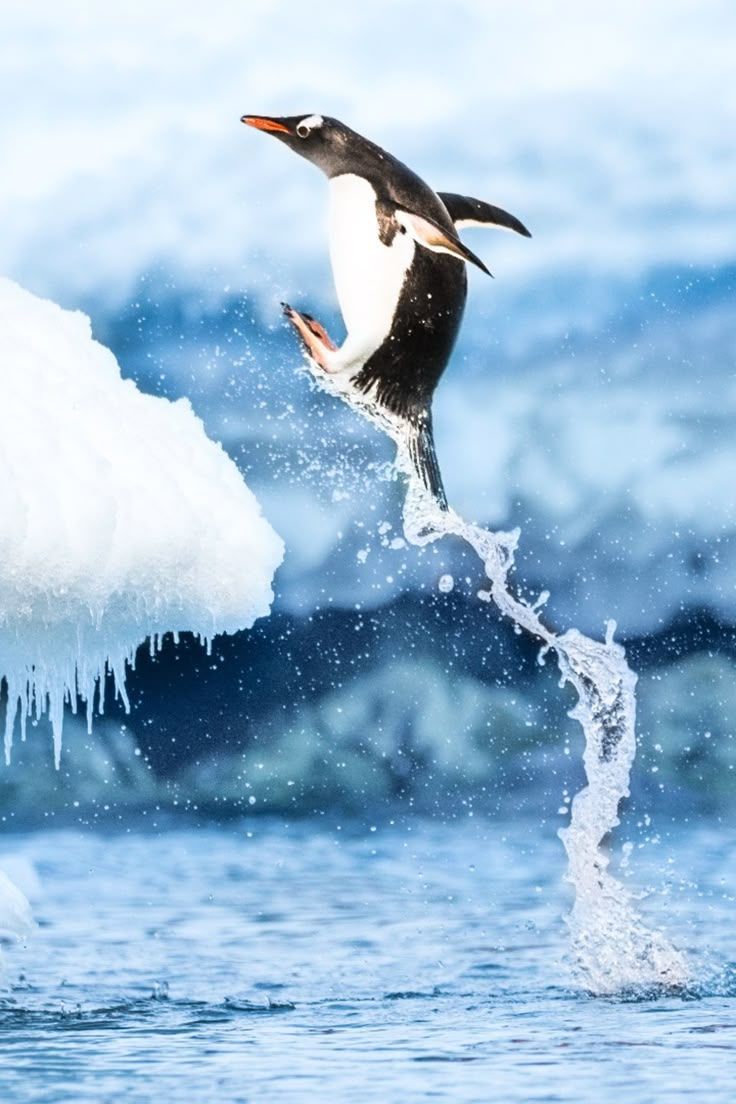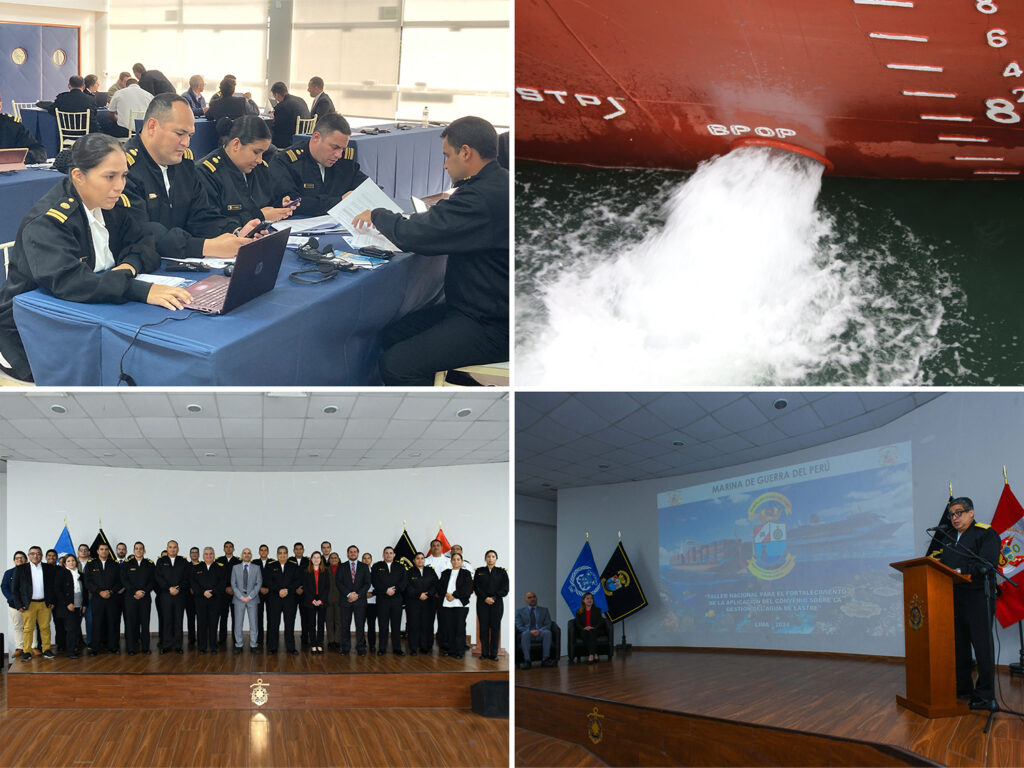From icy oceans to global shipping lanes, the humble air bubble has proven itself to be a silent, slippery hero.Air Lubrication
By : Pablo Rodas-Martini
Former Chief Economist and maritime expert
If a penguin is being chased underwater by a leopard seal or orca, it deploys a secret weapon — bubbles. Scientists have discovered that, just before they emerge from the sea, penguins release thousands of tiny air bubbles from under their feathers. These bubbles create a shimmering, low-friction layer that propels the penguin upwards at three times its normal swimming speed.

Art and science of emulating nature’s designs
This brings us to biomimicry — the art and science of emulating nature’s designs. From bullet trains inspired by kingfishers to solar panel systems modelled on sunflowers, biomimicry has fuelled some of humanity’s most brilliant innovations. Air lubrication systems (ALS), which are now found beneath modern ships, are no exception. Like penguins, ships now use a layer of bubbles to reduce friction. It’s the same principle, just applied to a steel hull instead of feathers.
An ALS system
Here’s how it works: In an ALS system, compressors inject air beneath the hull of a vessel as it moves through the water. This air then forms a thin, continuous layer of bubbles between the ship and the sea, enabling the steel to glide on top of it.
Reduced skin friction
The result? Reduced skin friction, which is the invisible force that pulls the hull backwards. Less drag means less engine power is needed to maintain speed. Less power means less fuel is burned. And less fuel? That means fewer emissions and lower costs.
Reduce fuel consumption
According to ALS OEMs, their systems can reduce fuel consumption by between 5% and 15%, depending on factors such as the hull’s shape and the ship’s speed.
The hull should these bubbles be created
So where on the hull should these bubbles be created? The ideal location is along the forward flat-bottom section of the hull, starting just behind the bow and extending towards the middle of the ship. Why? Because skin friction builds up quickly there, enabling the bubbles to remain effective for longer.
The bow is too chaotic
The bow is too chaotic — water rushes in and disperses the bubbles. What about the stern? Off-limits. Bubbles near the propeller cause noise and slippage. The forward-mid hull strikes the sweet spot: it is smooth and stable.
But could the bubbles create cavitation and damage the hull, as happens with bubbles created by propellers? Not at all.
Vapour bubbles
Cavitation occurs when propellers spin so fast that they create vapour bubbles rather than air bubbles, which then collapse violently. This collapse sends shockwaves into the metal, eroding the blades and pitting the surfaces, thereby shortening the ship’s lifespan. Cavitation is a noisy, damaging, and expensive phenomenon.
Both bubbles

So what’s the difference? Simple: both are bubbles, but one is filled with water vapour and the other with air. Vapour bubbles implode under pressure, whereas air bubbles do not. When air bubbles reach the surface, they gently burst or pop. The only thing they have in common is that they are both bubbles.
Global shipping lanes
From icy oceans to global shipping lanes, the humble air bubble has proven itself to be a silent, slippery hero.Air Lubrication Technology





